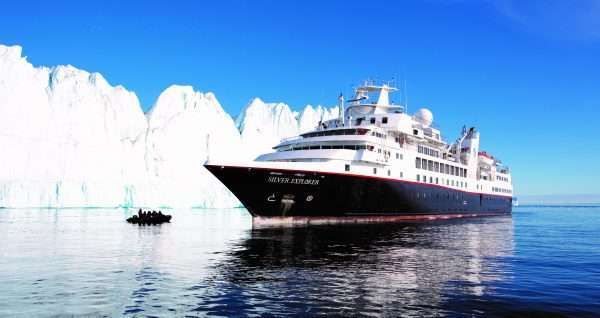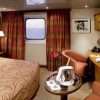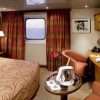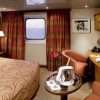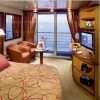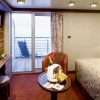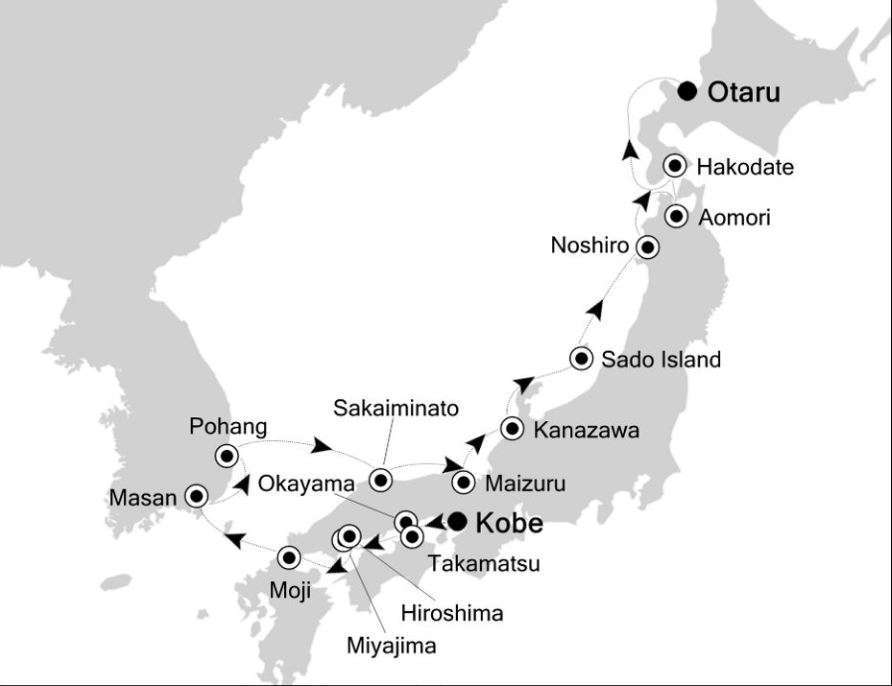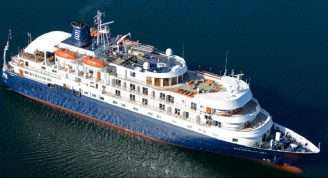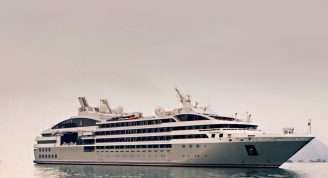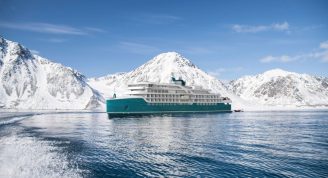Description
Nothing says Japan more than Kimonos, tea ceremonies and perfectly manicured gardens. A country that is a combination of modern and traditional, man-made and natural, and spirit and human worlds join us to explore the southern tip of this wonderful island. Deepen your Asian experience by crossing the sea to South Korea and the Kingdom of Silla, to see the country’s largest traditional village.
Trip Name
Kobe to Hokkaido: Japan Expedition Cruise 2019
Days
14
Overview
Vessel Type: Luxury Expedition
Length: 108 metres
Passenger Capacity: 132
Built / refurbished: 1989 / 2008 / 2017
Silversea’s purpose-built luxury Silver Explorer expedition cruise ship has been designed specifically for navigating waters in some of the world’s most remote destinations, including both of earth’s polar regions. A strengthened hull with a Lloyd’s Register ice-class notation (1A) for passenger vessels enables the Silver Explorer Expedition Cruise Ship to safely push through ice floes with ease. A fleet of Zodiac boats (11) allows Silversea Expedition guests to visit even the most off-the-beaten path locations and an expert Expedition Team provides insight and understanding to each unforgettable Silver Explorer luxury cruise adventure.


